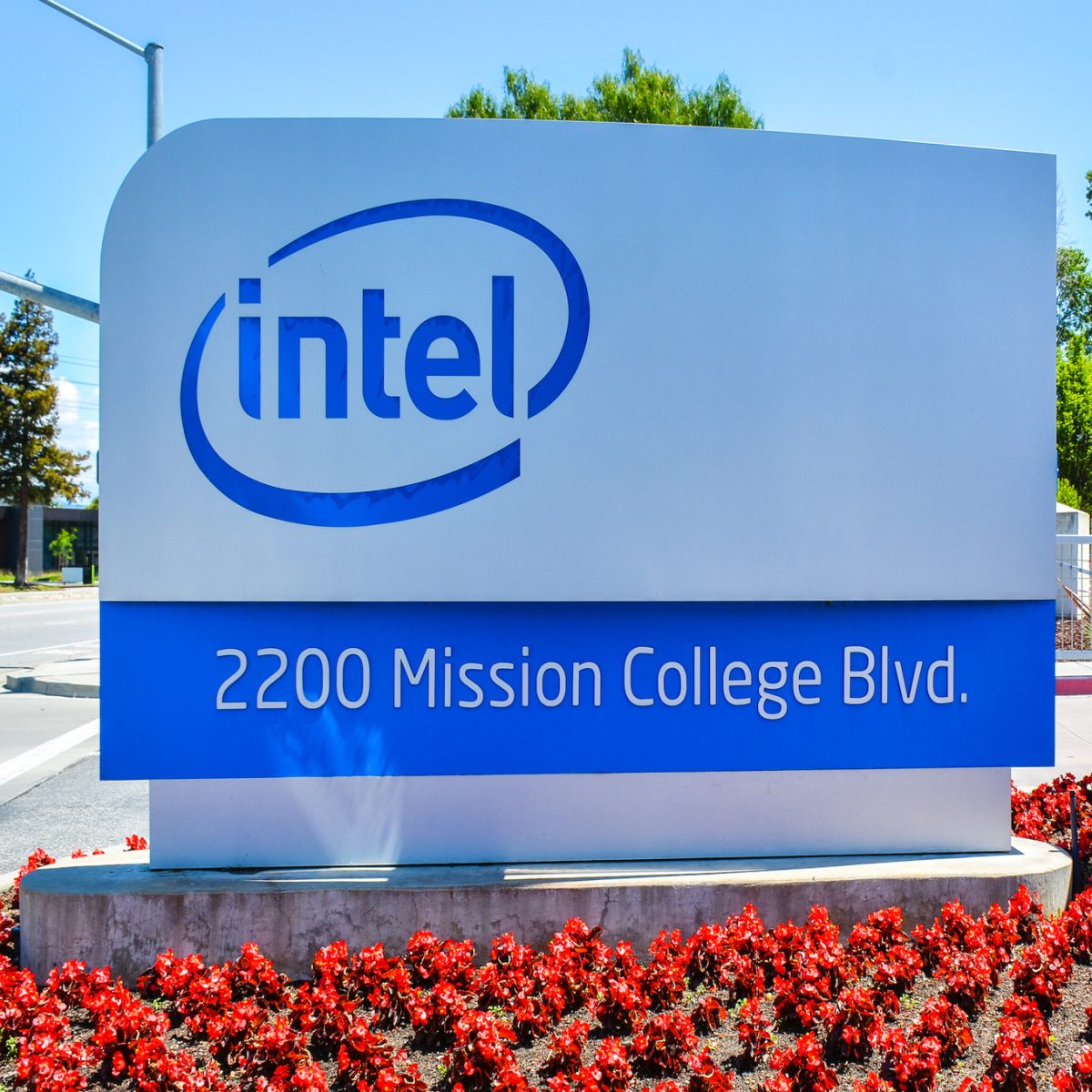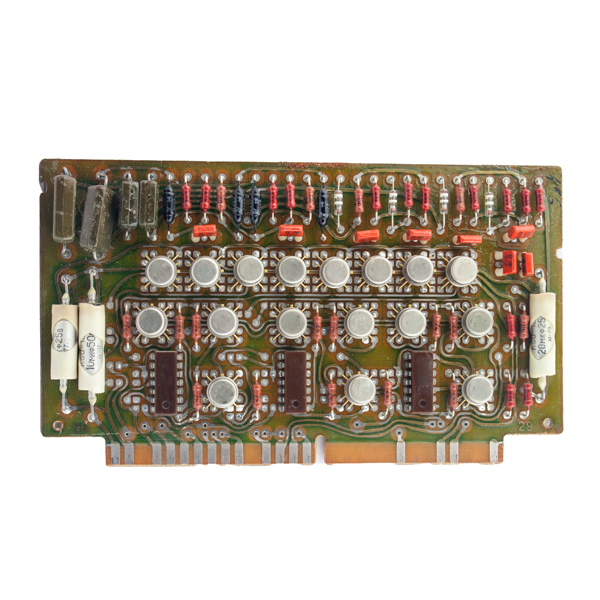What? NOR Flash Just Got Even Sexier?
As you may have gathered from my recent Logic Diagrams and Machines column, I spend more time than perhaps I should cogitating and ruminating on the past, pondering the imponderable and effing the ineffable. One of the topics I often contemplate is what would happen if I inadvertently wandered into a timeslip and found myself transported back to the late 1930s or early 1940s (my uncle was never the same after it happened to him).
We discussed some … Read More → "What? NOR Flash Just Got Even Sexier?"












